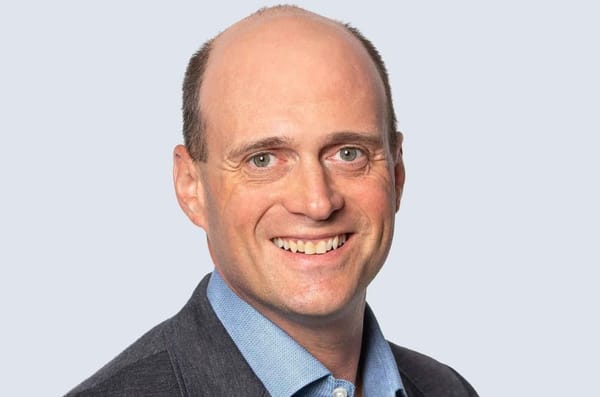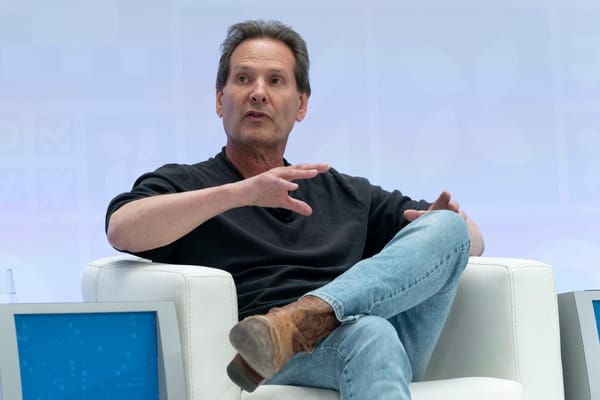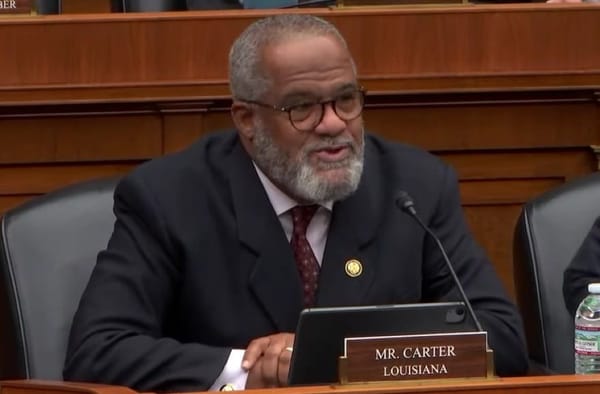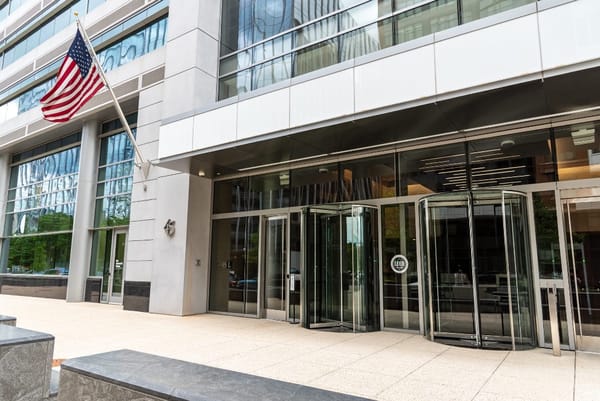Expert: Telemedicine Could Save $197 Billion, But Only With 'Smart Networks'
WASHINGTON, October 24 – Broadband-enabled improvements to health care could save $197 billion over 25 years, but only if carriers had the incentives and freedom to deploy so-called “smart networks,” according a study financed by AT&T.
WASHINGTON, October 24 – Broadband-enabled improvements to health care could save $197 billion over 25 years, but only if carriers had the incentives and freedom to deploy so-called “smart networks,” according a study financed by AT&T.
Widespread broadband deployment would be necessary to achieve these savings, according to the study, report author Robert Litan, vice president of research and policy at the Kauffman Foundation.
The 63-page report, “Vital Signs Via Broadband: Remote Health Monitoring Transmits Savings, Enhances Lives,” was presented at a press briefing by Better Health Care Together. The group seeks comprehensive changes in the health care system.
Senior citizens generally lag in technology adoption. But because they are likely to be the greatest beneficiaries of widespread broadband-enabled health monitoring, it may be necessary for the government to incentive broadband adoption if it wants to realize those savings, said Litan.
Among the incentives that should be deployed, said Litan, are investments in internet education, rural broadband infrastructure and “telecommunications policies that allow broadband providers to experiment with different offering that attract marginal users without sacrificing profits on other users,” according to a summary of recommendations.
In his remarks, Litan said: “We need not only a take-up of broadband, but a take-up of smart broadband, or smart networks.”
“You have to have a reliable service, and it has to be secure, unlike the videos that are interrupted,” he continued. “The broadband provider has got to have the incentive that will allow for this.”
Litan calculated the value that widespread adoption of telemedicine would, over 25 years, save the country $153 billion (in net present value). If, on the other hand, pro-provider telecommunications policies were adopted, an additional $44 billion of savings would be generated.
He calculated the average gain for implementing these policies would be $1.75 billion per year.
The basic idea is that more extensive use of telemonitoring – or the remote transmission of vital signs over a telephone or internet connection – can keep people out of hospitals and save health care costs.
“Remote monitoring technologies can transmit data on a regular, real time basis and prevent hospitalizations by identifying and treating problems by triggering adjustments in care before negative trends reach crisis stage,” Litan said in the report.
Litan also said that privacy protections for telemonitoring should be no more restrictive in the broadband environment than they are in the real-world environment.
Others speaking at the press conference included Joy Hoffman, executive director of Better Health Care Together, and Neal Neuberger, executive director of the Healthcare Information Management Systems Society’s Institute for e-Health Policy.
Neuberger, addressing Litan’s study, said that many telemonitoring applications do not involve video transmission hence do not require super-fast broadband connections. Asked why “smart networks” were therefor necessary to give priority to particular applications, Litan replied, “you don’t need a lot of speed, but your need uninterrupted or continuous service. You need priority of service.”
“The ambulance has got to have the freeway, and be ahead of other types of applications,” Litan continued, using an analogy to a real-world highway.
Besides AT&T, supporters of Better Health Care Together include the Center for American Progress, the Communications Workers of America, Embarq, Intel, Qwest and Wal-mart.
Editor’s Note: Join the next Broadband Breakfast Club on Tuesday, November 18, when a panel of experts including Stan Fendley, director of legislative and regulatory policy for Corning, Kyle McSlarrow, CEO of the National Cable and Telecommunications Association, and John Windhausen, president of Telepoly Consulting, will consider the question, “Should Government Funding Be Part of a National Broadband Plan?”
And on Tuesday, December 9, BroadbandCensus.com’s breakfast club will consider the very issue of how broadband applications – including telemedicine – can harness demand for high-speed internet services. Register at http://broadbandbreakfast.eventbrite.com












Member discussion